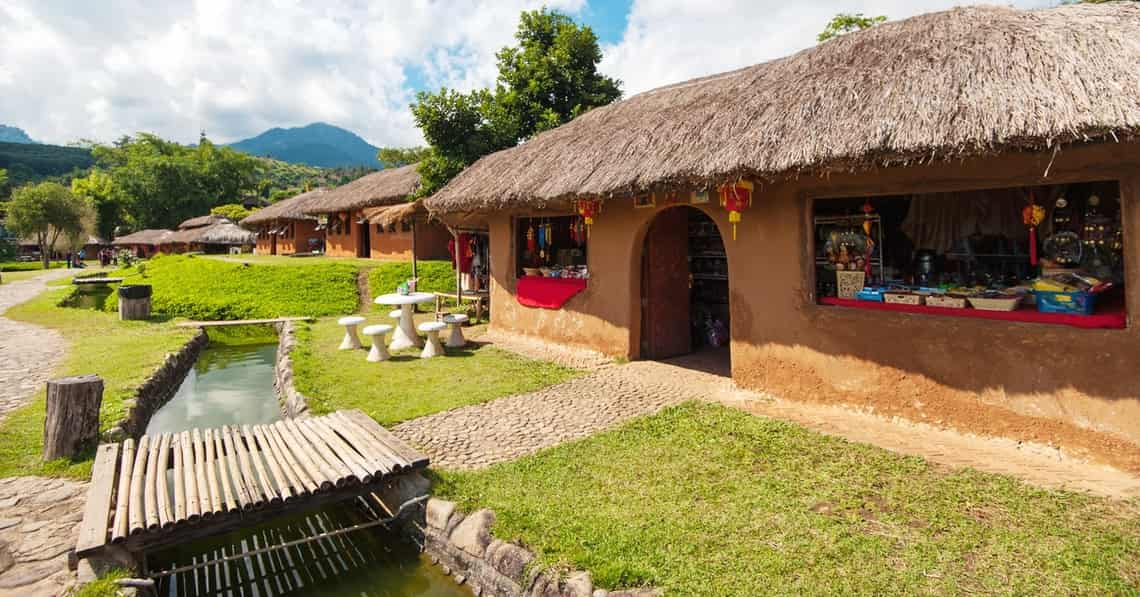It’s just past dawn, but Halal Street Hilal Town is already abuzz. Under a canopy of blue and white tents, vendors present their leafiest greens and smelliest bean paste jars, hopscotching between Chinese and Thai with customers. This is the Yunnan Friday Market, a weekly congregation of Yunnanese people, and the heart of a long-standing Chinese community in Chiang Mai.
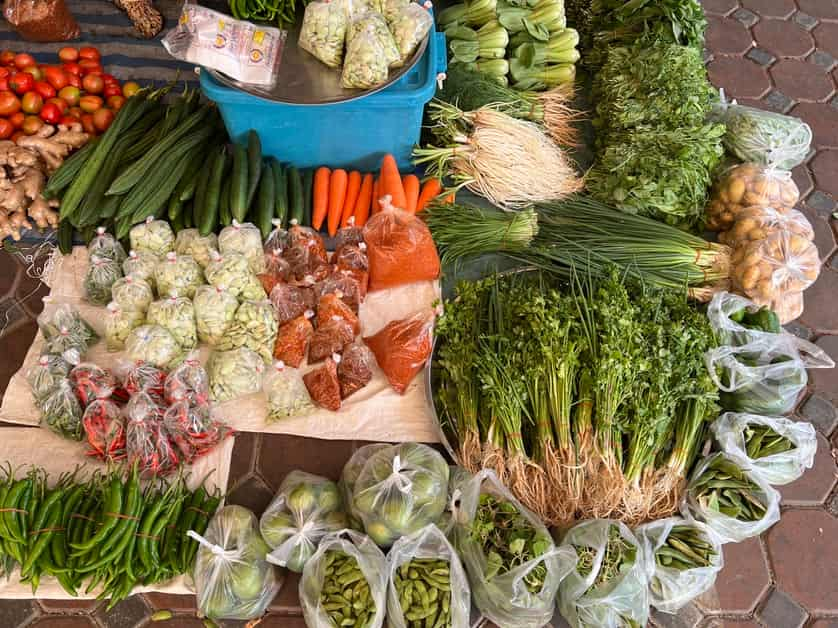
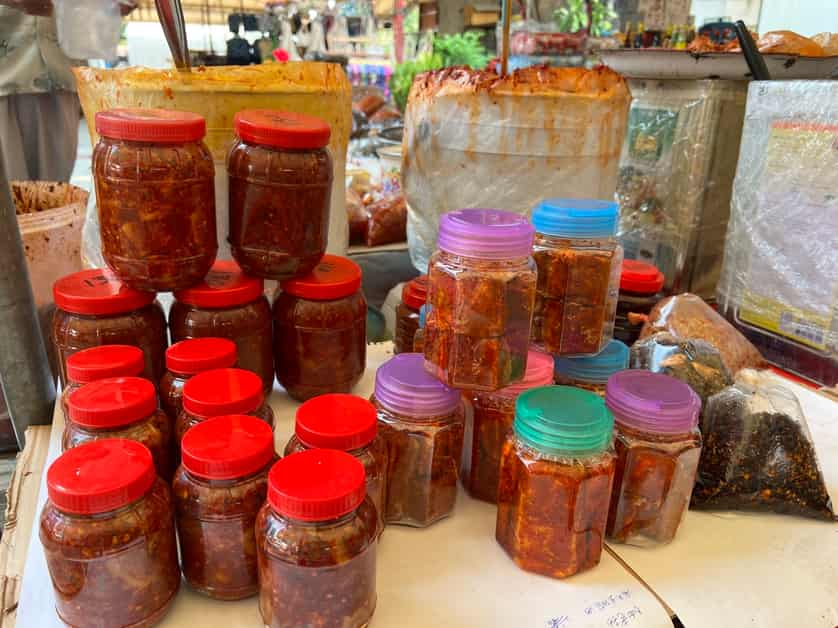
Just a thousand kilometres from Thailand, the province of Yunnan, China has supplied a mercurial stream of Chinese immigrants throughout the last century. The earliest Yunnanese immigrants were the Hui, a Chinese ethnic minority that practices Islam. They came as traders, exchanging cottons and silks for ivory and traditional medicines. By the mid-twentieth century, though, the Yunnanese population had dramatically surged — an externality of the Chinese Civil War.
During this war, the Chinese Communist party overpowered the Nationalist Army, known as the Kuomintang (KMT). In the ensuing months, most KMT members escaped to Taiwan, but Yunnanese KMT members fled southwestward to Burma. The newly sovereign Burmese government viewed this militaristic influx as a threat and pushed the Yunnanese further south to Thailand.
And into Thailand they came. Although initially apprehensive, the Thai government later allied with the KMT troops, seizing on the opportunity to fight against the common enemy of communism. By winning significant battles against communist guerillas, the KMT troops gradually gained legal status in Thailand and paved the way for Hui civilians to do the same.
Present Day Yunnanese Communities
By the 1980’s, Yunnanese villages had fully formed in Chiang Mai and Chiang Rai. Within these enclaves, we can witness the enduring persistence of culture. Villagers erected traditional Yunnanese restaurants, cemeteries, and temples, along with Chinese language schools for their second- and third-generation descendents.
Just across from the Yunnan Friday Market, you can visit one of the oldest Yunnanese vestiges, the Ban Ho mosque. Originally constructed by the Hui people, this mosque continues to provide santuary for the Muslim community, offering weekly classes, prayer sessions, and free school education to under-privileged students.
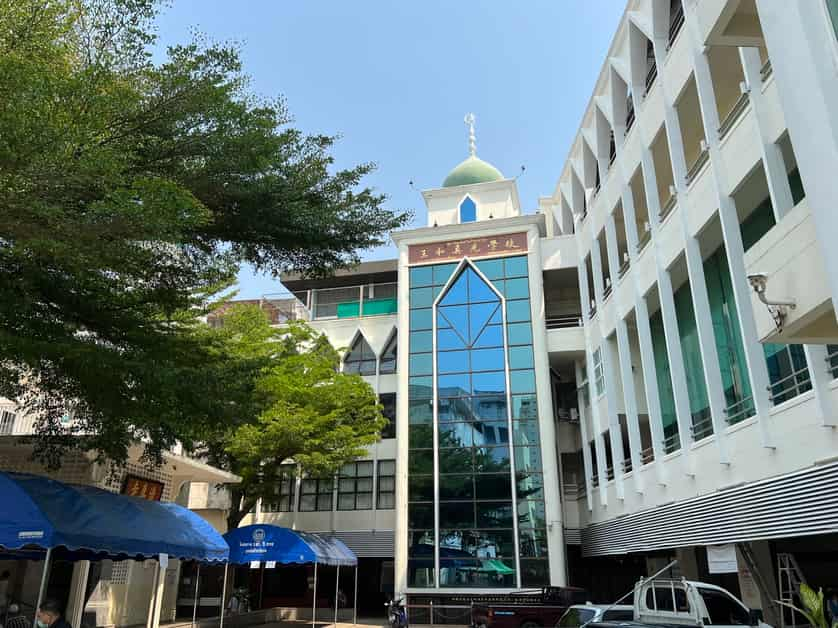
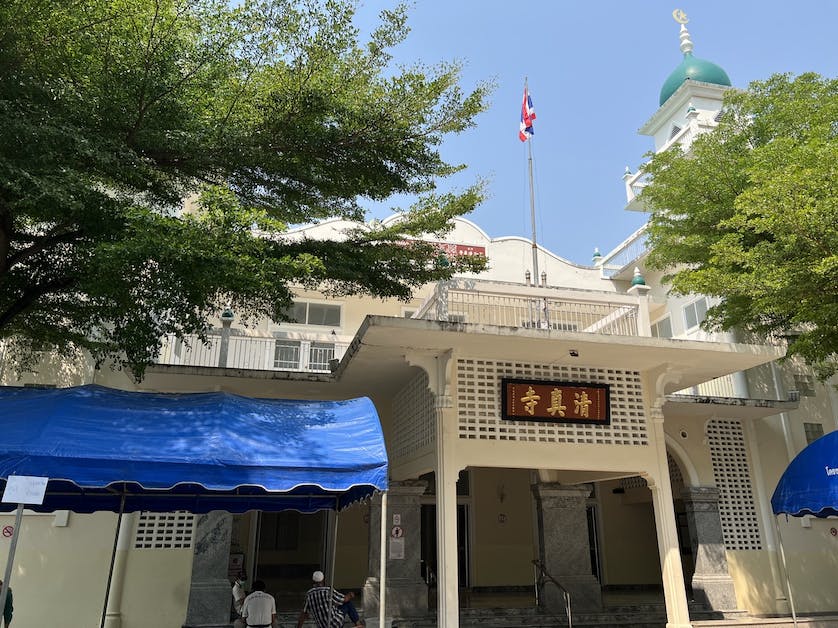
Further out, you can visit Baan Santichon, or the “Yunnan Cultural Village.” Clay houses line this hilly viewpoint, offering tea, souvenirs, and traditional Chinese dress rentals. While the Great Wall recreation here may not be visible from outer space — nor on Google Maps — it is a family-friendly outing for archery, pony rides, and of course, Instagram photos.
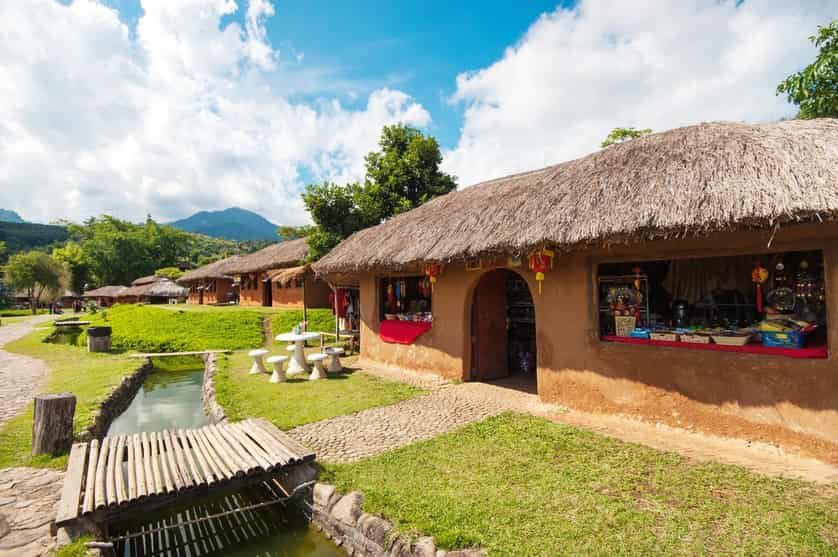
Courtesy of Tourism Authority of Thailand.
If you are in Chiang Rai, Mae Salong is a must-visit day trip. This village used to house a formidable opium enterprise — even brushing shoulders with the notorious Burmese drug lord, Khun Sa — but it has long since become an oolong town. Today, oolong tea is the village’s pride and joy. Packed with world-class tea plantations, tea houses, and a historical KMT memorial, this village is steeped in both tranquillity and history.
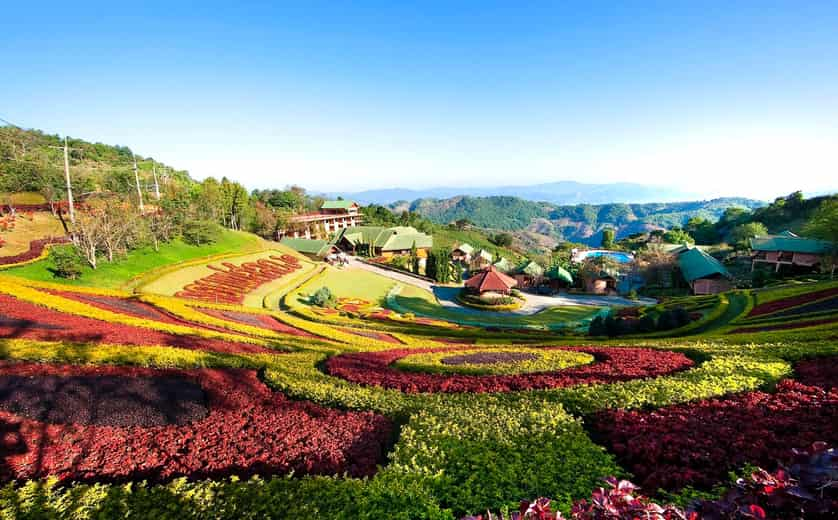
Courtesy of Tourism Authority of Thailand.
Tracing the steps of my Yunnanese ancestors, I relish the ways I see my cultural history reflected in my new city, the distantly familiar braided into each novel experience. Only months after arriving in Thailand did I even realise that my new home, Chiang Mai, is the sister city of my parents’ very own hometown… Kunming, Yunnan, China.
Recommended Locations:
Yunnan Friday Market
Tambon Chang Moi, Mueang Chiang Mai District, Chiang Mai 50100
Hilal Street Halal Town
Charoen Prathet 1 Alley, Chang Moi Sub-district, Mueang Chiang Mai District, Chiang Mai 50100
Ban Ho Mosque
31 Charoen Prathet 1 Alley, Tambon Chang Moi, Mueang Chiang Mai District, Chiang Mai 50100
Baan Santichon
Santichon Village, Wiang Tai, Pai District, Mae Hong Son 58130
Mae Salong
Mae Salong, Chiang Rai 57110
Related Resources: Trade routes, wars and tourism: the story of Chinese settlers in Chiang Mai
About the Author: Hailing from Houston, Texas, Rowena Chang is a Fulbright Scholar interning at CityLife. She loves books, pop culture, and rambling about her latest Wikipedia rabbit hole to unsuspecting bystanders.
